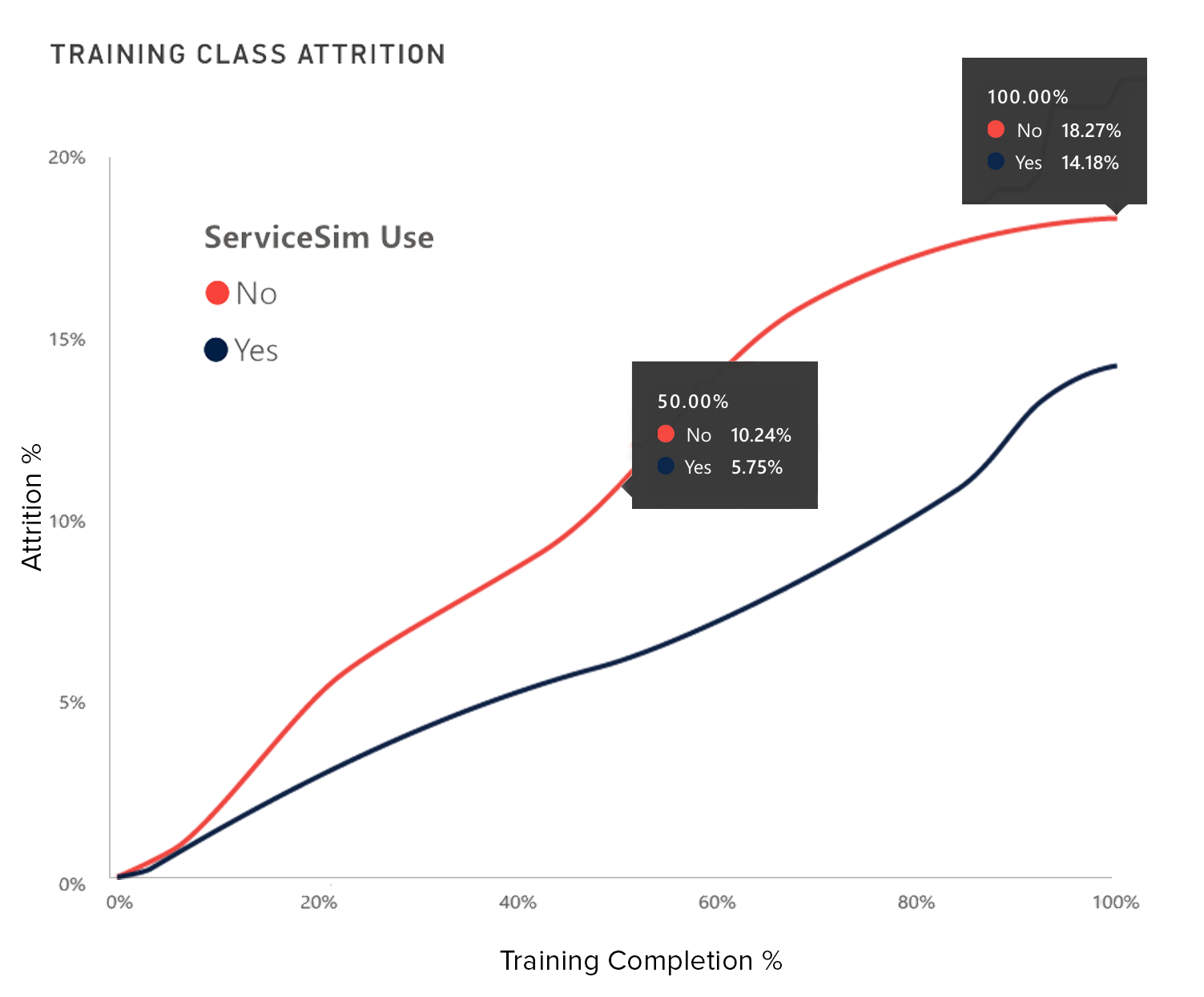Today, a majority of customers follow an omnichannel journey when seeking to resolve an issue. And although customers often start with self-service, social media, or chatbots, they don’t typically reach a resolution there.
The endpoint of most customer journeys is the live agent. Which means agents are solving customer issues that tech-based channels can’t.
But, as a result, agents are typically receiving frustrated customers who have already gone through channel switching, delays, and ineffective solutions. And that makes it more important than ever for contact centers to help agents master soft skills.
Soft skills are fundamental to customer satisfaction.
When asked how their omnichannel experience could be improved, customers answered that they wanted quicker access to a live agent and more knowledgeable, empathetic, and communicative agents overall.
The common theme: customers want agents to help them—and they want those agents to be better equipped to resolve their issues.
It’s important customers feel understood and supported by agents, especially when they’re already irritated after working with other channels. In these situations, customers truly value agents who are active listeners, have a friendly tone, and demonstrate empathy.
How can contact centers encourage and support soft skills development?
1. Sympathy vs empathy.
Contact centers need to identify and inform agents the difference between expressing sympathy and empathy.
Generally, agents should refrain from sympathizing with a customer as it involves the agent turning inward and sharing the same feelings as the customer. That puts agents in a tricky spot when customers are angry with the company the agent represents.
Instead of agreeing with the customer’s frustrations, the agent can empathize with them and recognize that their feelings are valid. This way, the agent avoids making any judgements about their company but is able to care for the customer.
2. Emphasize sincerity.
Contact centers often script empathy to standardize the way agents express it. But this removes sincerity and authenticity, as customers can easily pick up on scripted responses.
Instead of giving agents completely pre-written empathy statements, provide them guidelines they can follow without feeling stuck repeating the same words over and over.
It’s also equally as necessary to train agents to use a friendly, caring tone when speaking so they can better relate to their customers.
3. Repeated training.
Soft skills are learnable skills. And agents need practice to hone theirs.
That’s why one-time training isn’t enough for agents to develop the communication skills that deliver consistent customer satisfaction. It’s important for contact centers to repeat soft skills training with agents to help them succeed and build stronger connections with customers.
And to encourage agents to continue developing their skills, remind them of the impact their work has. Agents who are compassionate and considerate more easily build a loyal base of customers who return to a brand again and again.
Valuing your agents and their achievements is the best way to motivate them to continue improving their performance.
4. The right resources.
And, finally, encouraging agents to build their soft skills doesn’t matter if they don’t have the right tools and resources to do their jobs.
If agents are bogged down with overly complicated technology or have difficulty finding the right information, they can’t focus on providing a seamless experience to the customer.
Giving agents what they need to resolve issues efficiently helps them prioritize building better rapport with customers.
Agents need the right skills to give customers a seamless experience.
Encourage your agents to build their soft skills—and give them the resources to do so. That’s how you can ensure customer satisfaction along the omnichannel journey.

